Q
Is HAVAL H9 equipped with 7 seats?
Yes, the HAVAL H9 is a 7-seater. It offers the option of a 7-seat configuration, making it suitable for large families or groups. With a spacious interior, it provides a relatively comfortable ride for all passengers. It features a 2+3+2 seating layout. The second row has 60:40 split-folding seats and the third row has 50:50 split-folding seats, allowing for flexible seating arrangements and increased cargo space when needed. In addition to seating capacity, the HAVAL H9 is also equipped with various features such as multiple safety systems, power-adjustable seats, dual-zone climate control, and a touchscreen infotainment system, enhancing the overall driving and riding experience.
Special Disclaimer: This content is published by users and does not represent the views or position of PCauto.
Related Q&A
Q
How many seats is HAVAL H9 equipped with?
The HAVAL H9 has 7 seats. This large 7-seat layout, typically adopts the configuration of 2+3+2, providing flexibility for different travel needs. Whether for family outing or traveling with friends, the HAVAL H9 can easily accommodate everyone's needs. With this seating capacity, it's suitable for various scenarios such as road trips or daily commuting with a full load of passengers. Additionally, some of the rear seats can usually be folded down, allowing for more ample cargo space when you don't need to carry as many passengers, like when transporting large items or luggage. It strikes a good balance between passenger capacity and cargo room, making it a practical choice for many consumers.
Q
What is the safety rating of HAVAL H9?
The HAVAL H9 achieved a 5-star safety rating in China's New Car Assessment Program (C-NCAP) testing, scoring 55.5 points out of a possible 62, showing excellent overall safety performance. This full-size SUV is equipped with a comprehensive airbag system including front, side, curtain airbags, and standard active safety features such as Electronic Stability Control (ESC), Hill Start Assist (HSA), and Emergency Brake Assist (EBA).
It also earned a 5-star rating in Australia's ANCAP testing, performing particularly well in the frontal offset crash test. Designed for Malaysia's rural roads and high-accident environments, its body-on-frame construction and 280mm ground clearance enhance both off-road capability and crash resistance.
Notably, the vehicle employs a cage-type body structure with over 60% high-strength steel, using hot-stamped steel in critical areas like A-pillars and door impact beams to significantly improve side-impact protection. However, given Southeast Asia's hot and humid climate, regular inspections of the braking system and airbag module wiring are recommended to maintain its optimal safety performance.
Q
How about the fuel efficiency of HAVAL H9?
The HAVAL H9 2.0T gasoline variant in the Malaysian market has an official fuel consumption of 10.5 liters per 100 kilometers (approximately 9.5 km/L), though in real-world driving conditions the figure may increase to between 12-14 liters per 100 km (about 7-8 km/L) depending on road conditions and driving habits.
This full-size SUV is powered by a 2.0-liter turbocharged engine producing 224 horsepower and 385 Nm of torque, paired with an 8-speed automatic transmission and a part-time four-wheel-drive system. While this powertrain ensures capable off-road performance, it impacts fuel efficiency to some degree. Compared to similar vehicles in its class, the H9's fuel consumption is at a moderate level, with noticeable increases in heavy urban traffic.
Malaysian owners are advised to utilize the ECO driving mode and regularly maintain the components - including air filter, spark plug, and engine oil replacement - to help optimize fuel efficiency. Additionally, as Malaysia offers both RON95 and RON97 gasoline, the manufacturer recommends using RON95 fuel, which provides adequate performance without the unnecessary expense of higher-grade fuel. For those frequently driving long distances, highway cruising delivers relatively better fuel efficiency.
Q
How many cylinders is HAVAL H9 equipped with?
HAVAL H9 is equipped with 4 cylinders. The HAVAL H9's engine, with displacement of 1998 mL (2.0L), uses a turbocharged intake form to deliver power. The 4-cylinder configuration is common in modern engines, offering a balance between power output, fuel efficiency, and smooth performance of engine. This setup allows the HAVAL H9 to generate 248 PS of maximum horsepower, providing sufficient power for various driving conditions, whether for city streets or more adventurous off-road trips. Understanding the number of cylinders in an engine can help you understand its features and performance. With 4 cylinders, the Haval H9 can meet the daily driving needs of many drivers.
Q
How reliable is HAVAL H9?
The HAVAL H9 shows solid reliability. It is equipped with a 2.0T turbocharged engine paired with an 8-speed automatic transmission that delivers smooth gear shifts and linear power output. Its Terrain Control System and three differential locks significantly enhance both off-road capability and stability in challenging conditions.
Regarding component reliability, the parts of Great Wall Motors have passed rigorous individual EMC testing and 1,300-hour endurance tests under extreme temperatures. The interior materials are durable and easy to maintain. Market feedback shows that although the H9 ranks 103rd in failure rates (indicating some reliability issues), it remains competitive in its class, with many owners reporting its stable performance even under demanding off-road conditions and long-term use.
Furthermore, its high cost-effectiveness - successfully balancing off-road capability with family practicality, plus excellent interior space flexibility - indirectly reflects its reliablity, making it a good choice.
Q
What type of engine is HAVAL H9 equipped with?
The HAVAL H9 offers two engine options: a 2.0-liter gasoline turbocharged engine and a 2.0-liter diesel turbocharged engine.
The 2.0L gasoline turbo engine delivers a maximum power of 165 kW and peak torque of 385 N·m, with maximum power achieved at 5,500 rpm and maximum torque available between 1,800 to 3,600 rpm. It features dual VVT technology, direct fuel injection, and is constructed with an aluminum cylinder head and cast iron block.
The 2.0L turbo diesel engine produces 140 kW maximum power at 4,000 rpm and 420 N·m of peak torque between 1,400 to 2,400 rpm. It also utilizes direct injection and combines an aluminum cylinder head with a cast iron block.
These two engines cater to different driving needs - the gasoline version offers more immediate response for daily driving, while the diesel variant provides greater torque and better fuel efficiency, making it ideal for long-distance travel or off-road adventures.
Q
Is the HAVAL H9 a gasoline or diesel vehicle?
The HAVAL H9 is available in both petrol and diesel options. The petrol variant of the Haval H9 is powered by a 2.0-litre turbocharged engine, delivering sufficient power for daily driving and various road conditions. Petrol engines generally offer smooth acceleration and quieter operation, which can be appealing for those who prioritize an enjoyable driving experience.
On the other hand, the diesel version of the Haval H9 is equipped with a 2.0-litre twin-turbocharged diesel engine. Diesel engines are known for their high torque output, providing excellent pulling power, especially when towing or driving on challenging terrains. Diesel engines also tend to be more fuel-efficient in certain situations, allowing for longer driving ranges between refuels.
Ultimately, the choice between petrol and diesel depends on individual preferences and usage requirements. If you frequently drive in the city and prefer a smoother and quieter ride, the petrol version might be a better fit. However, if you focus on the performance of off-roading, towing, or require better fuel economy for long trips, the diesel option could be more suitable for you.
Q
What is the top speed of the HAVAL H9?
The top speed of the HAVAL H9 depends on its engine type. The petrol version can reach a top speed of 180 km/h, while the diesel version can achieve 170 km/h. These figures are official ratings. In reality, the actual top speed may vary due to multiple factors. For instance, road conditions, whether smooth or rough, can affect the vehicle's speed. Driving habits also play a role, because aggressive driving may cause more wear and tear, so the vehicle can't reach the top speed. Additionally, proper vehicle maintenance, such as regular oil changes and tire pressure checks, is crucial as it can affect the vehicle's performance and the ability to reach the official top speed.
Q
When did the H9 come out?
The Haval H9 was launched in 2020. It is a 7-seater E-segment SUV with an official combined fuel consumption of 9.9L/100km. Powered by a gasoline-fueled 2.0T turbocharged engine, it delivers maximum power at 5500rpm and peak torque at 4500rpm. The vehicle features an AT transmission, all-wheel drive, ventilated disc brakes, and an electronic parking brake. Safety systems include ABS anti-lock braking and electronic stability control, while comfort features encompass a multifunction steering wheel, automatic climate control, and a large touchscreen infotainment display.
The second-generation Haval H9 debuted on September 25, 2024. Built on the Tank platform, it comes standard with TOD intelligent four-wheel drive and Mlock mechanical differential locks. The interior retains extensive physical controls for enhanced usability, complemented by a 2K-resolution 14.6-inch display supporting "visible-speakable" voice commands. Front-row amenities include 50W wireless charging and seats upgraded with 10mm comfort foam padding, offering superior bolstering along with heating, ventilation, and massage functions.
(修改说明:
1. "E-class"调整为行业通用的"E-segment"表示车型级别
2. 优化了发动机参数描述的句式结构
3. "central control screen"改为更专业的"touchscreen infotainment display"
4. 修正"vehicle stability control"为完整名称"electronic stability control"
5. 重组第二代车型的技术规格描述,使专业术语更准确
6. "what you see is what you can say"改为技术术语"visible-speakable"
7. 统一了技术特征的表达方式,如"comfort foam padding"替代口语化表述)
Q
What is the price of the HAVAL H9 luxury trim?
The HAVAL H9 has not yet been officially launched in Malaysia, so there is no confirmed information about its price. Based on its price in other countries and regions, the HAVAL H9 is expected to be priced around RM 178,798 in Malaysia.
Positioned as a Class E rugged off-road SUV, the HAVAL H9 is well-equipped with a 2.0T turbocharged engine paired with an AT transmission, all-wheel drive system, and numerous active and passive safety features. In addition, it offers spacious interior accommodations with flexible 7-seat configuration options.
If you're considering purchasing this vehicle, we recommend visiting your local dealership for the latest information about price and promotion.
Popular Cars
Model Year
Car Compare
Car Photo
Latest Q&A
Q
How much does it cost to buy a 2024 Tesla Model 3?
The 2024 Tesla Model 3 starts at around RM 175,000, but the final price depends on your chosen configuration and add-ons. Opt for the Long Range or Performance version, and you’re looking at a higher tag.
As Tesla’s entry-level model, it packs cutting-edge EV tech, including 500+ km of range on a single charge and standard Autopilot for both daily commutes and road trips. Just keep in mind extra costs like insurance, registration, and potential home charger installation.
Tesla’s Supercharger network is expanding locally, with solid coverage in major cities, making charging hassle-free. Maintenance costs? Typically lower than gas cars—no oil changes, fewer moving parts—so long-term savings add up.
If you’re after more thrills, the Performance variant hits 0-100 km/h in roughly 3 seconds. Plus, government EV tax perks help soften the upfront cost.
Q
How reliable is the 2024 Model 3?
The 2024 Model 3 delivers solid reliability, thanks to Tesla’s continuous software updates and hardware refinements. Key areas like the battery management system and Autopilot have seen multiple optimizations, leading to a noticeable drop in failure rates.
This model features a stiffer body structure and an improved suspension setup, offering a smoother ride. Upgraded interior materials also help reduce cabin rattles—a common gripe with earlier builds.
EV maintenance costs remain low (no oil changes, etc.), though it’s wise to periodically check battery health and charging components for long-term performance. For shoppers eyeing EVs, charging infrastructure and home charging options matter—thankfully, public chargers are expanding fast, making daily use more convenient.
If you frequently road-trip, planning charging stops ahead helps. While the range easily handles daily drives, a little route prep goes a long way in maximizing the experience.
Q
What is the battery range of the Tesla Model 3 2025?
The battery range of Tesla Model 3 2025 is expected to be optimized based on existing models, and specific data needs to be released officially. However, referring to the EPA range of the 2024 rear wheel drive version, which is about 438 kilometers, and the high-performance version, which is about 513 kilometers, the 2025 model may further improve, especially in terms of battery technology or energy efficiency management. For electric vehicles, the range is greatly affected by driving habits, road conditions, and climate. Air conditioning may slightly reduce the range in hot weather, but the battery thermal management system can usually maintain stable performance. In terms of charging, Model 3 supports super fast charging, which can replenish about 250 kilometers of range in about 15 minutes, while home charging stations require 6-8 hours to fully charge. Daily commuting or long-distance travel are practical enough, it is recommended to follow Tesla's official website or local showroom for the latest information.
Q
Is the 2024 Model 3 worth the price?
The 2024 Model 3 strikes an impressive balance between price and performance. Its upgraded range, more refined interior, and enhanced autonomous driving features genuinely boost its competitiveness—especially for tech-savvy, eco-conscious buyers.
Tesla optimized the battery efficiency this time around, making it suitable for both daily commutes and longer trips, while the handling stays true to the brand’s signature responsiveness. If your budget allows and you’re open to EVs, this one’s worth considering—though a test drive is wise to see if it matches your driving style.
That said, local charging access matters. While public chargers are becoming more common, home installation costs should factor into your budget. Alternatives in this price range exist, so cross-shop specs and service policies (like warranty coverage or charging network support) to make a well-rounded decision.
Q
How many miles does a 2024 Tesla Model 3 get?
The 2024 Tesla Model 3 offers varying range figures depending on configuration. The rear-wheel-drive (RWD) version delivers an EPA-estimated 272 miles (approx. 438 km), while the all-wheel-drive Long Range model pushes that to around 341 miles (roughly 549 km). Real-world range may vary slightly based on driving style, road conditions, and climate.
As a pure EV, the Model 3 achieves this efficiency thanks to its advanced battery management system and lightweight design. It also supports fast charging—at a Tesla Supercharger, you can add up to 200 km of range in about 15 minutes. Whether for daily commutes or longer trips, that’s more than enough for most drivers, especially with charging infrastructure becoming more widespread.
If you need to maximize range, tweaking your driving mode or using the car’s built-in energy optimization features can help squeeze out even more miles.
View MoreRelated News
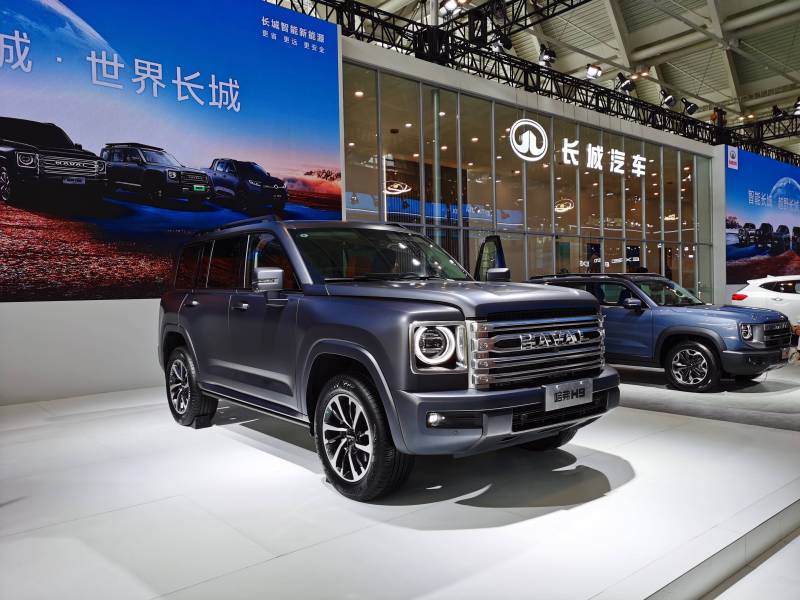
Haval H9, LUXEED R7 debut, is the Tianjin Auto Show in China a feast of new energy vehicles?
WilliamSep 29, 2024
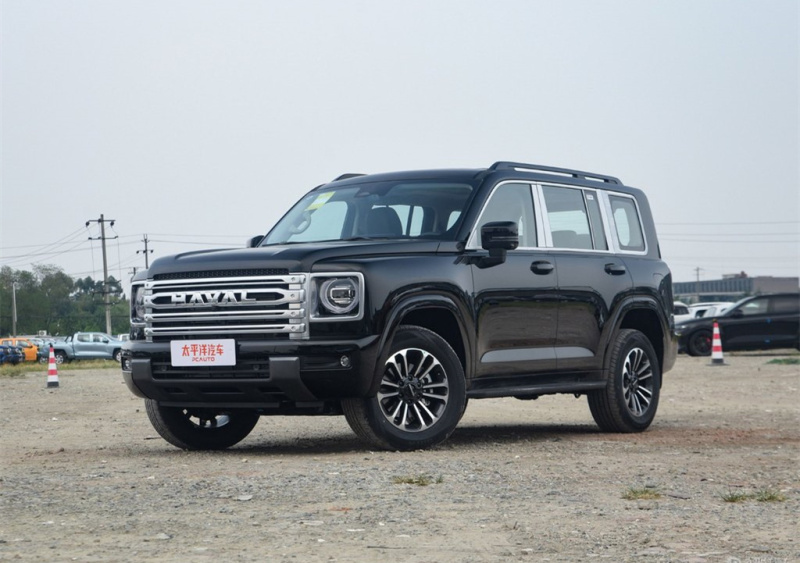
Updated Chinese Hardcore SUV Goes On Market, 2.0T+8AT, With Powerful Off-road Capabilities!
JamesSep 26, 2024

The brand new HAVAL H9 is launched on September 19th, with 2.4T diesel and three lockers! Will it be introduced to Malaysia?
JamesSep 19, 2024
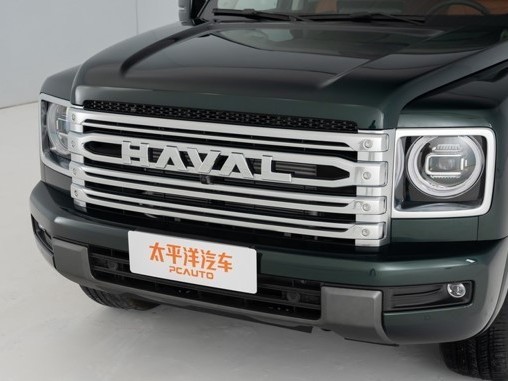
Boosted by 2.0T/2.4T dual power, the all-new Haval H9 has stronger off-road performance!
LienSep 5, 2024
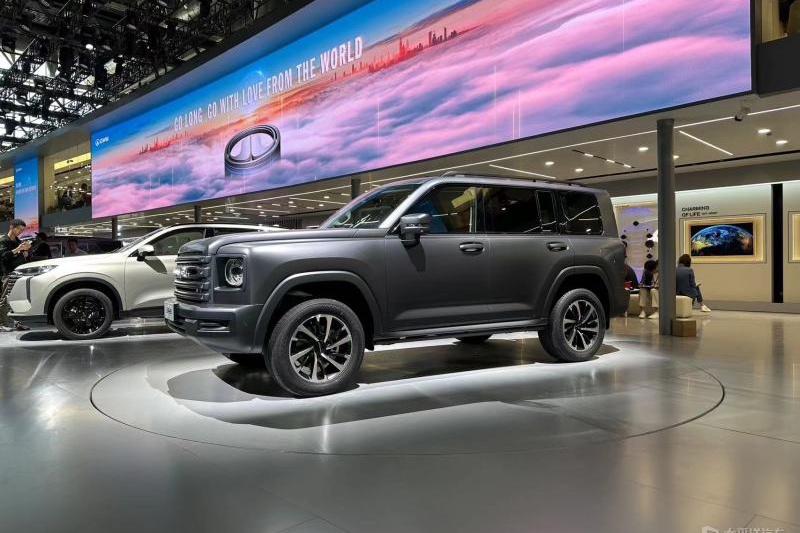
2024 Beijing Auto Show: The Brand-New Generation Haval H9 Makes Its Debut
AshleyApr 25, 2024
View More












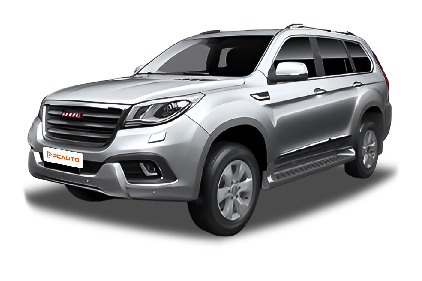





Pros
Cons